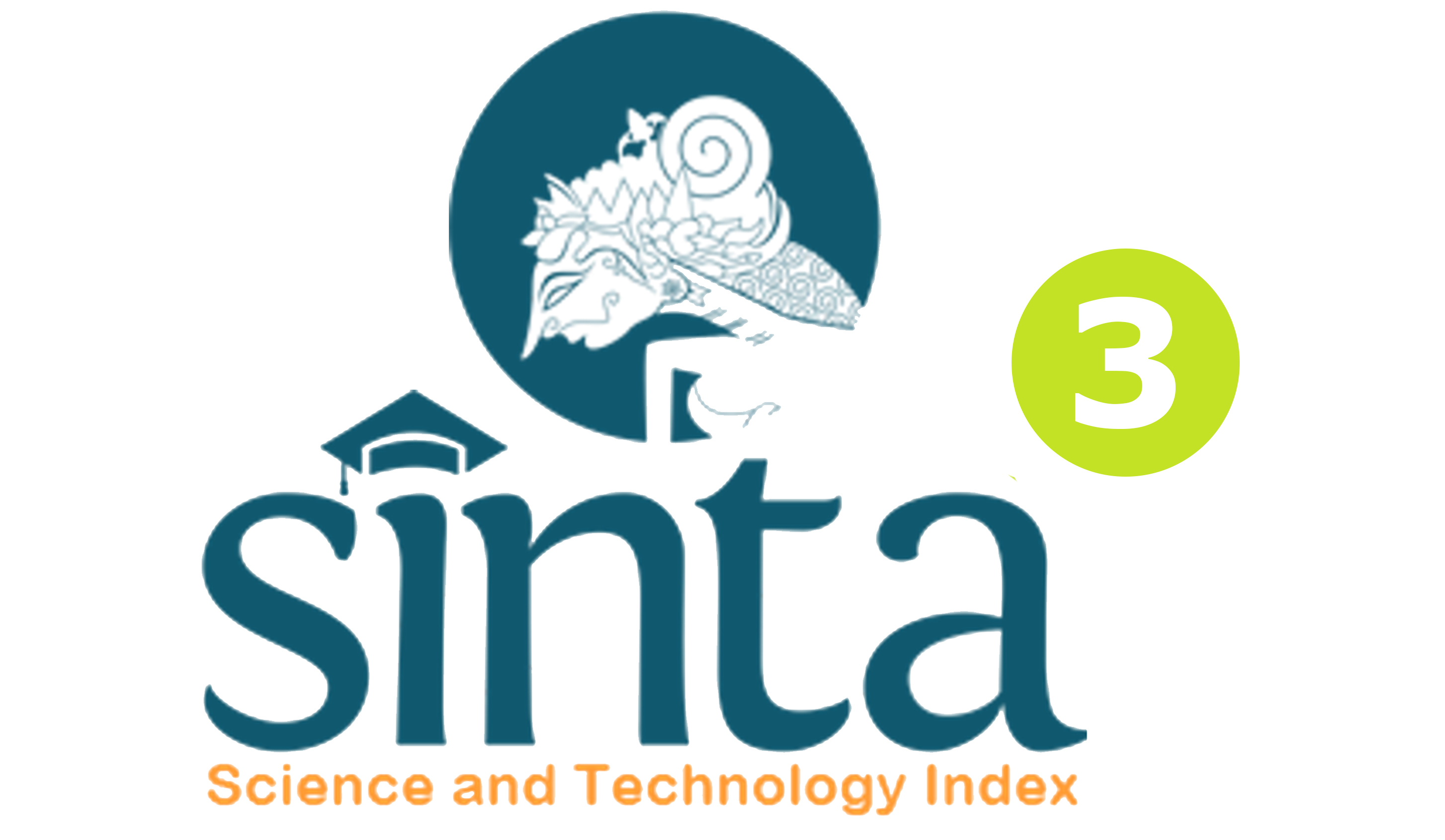ACCREDITATION
Tentang Jurnal Ini
Focus and Scope
As an international, multi-disciplinary, peer-refereed journal, the scope of this journal is in learning and instruction area which provides a platform for the publication of the most advanced scientific researches in the areas of learning, development, instruction and teaching. The journal welcomes original empirical investigation. The papers may represent a variety of theoretical perspectives and different methodological approaches. They may refer to any age level, from infants to adults and to a diversity of learning and instructional settings, from laboratory experiments to field studies. The major criteria in the review and the selection process concerns the significance of the contribution to the area of learning and instruction.
- instruction
- learning and teaching
- curriculum development
- learning environment
- teacher education
- educational technology
- educational development
Open Access Policy
This journal provides immediate open access to its content on the principle that making research freely available to the public supports a greater global exchange of knowledge.
Publication Frequency
Indonesian Journal of Instruction is regularly published three times a year (January, May, and September).
Retraction
The papers published in the Indonesian Journal of Instruction will be considered to retract in the publication if :
- They have clear evidence that the findings are unreliable, either as a result of misconduct (e.g., data fabrication) or honest error (e.g., miscalculation or experimental error)
- the findings have previously been published elsewhere without proper crossreferencing, permission or justification (i.e., cases of redundant publication)
- it constitutes plagiarism
- it reports unethical research
The mechanism of retraction follows the Retraction Guidelines of the Committee on Publication Ethics (COPE), which can be accessed at https://publicationethics.org/files/retraction%20guidelines.pdf.
Policy of Screening for Plagiarism
Papers submitted to the Indonesian Journal of Instruction will be screened for plagiarism using Turnitin plagiarism detection tools. Jurnal Pendidikan Kimia Indonesia will immediately reject papers leading to plagiarism or self-plagiarism. Before submitting articles to reviewers, those are first checked for similarity/plagiarism tool, by a member of the editorial team. The papers submitted to the Indonesian Journal of Instruction must have a similarity level of less than 20% (Exclude Bibliography), and the similarity score to each source is no more than 3%.
Plagiarism is the exposure of another person’s thoughts or words as though they were your own, without permission, credit, or acknowledgment, or because of failing to cite the sources properly. Plagiarism can take diverse forms, from literal copying to paraphrasing the work of another. To accurately judge whether an author has plagiarized, we emphasize the following possible situations:
- An author can literally copy another author’s work- by copying word by word, in whole or in part, without permission, acknowledge or citing the original source. This practice can be identified by comparing the original source and the manuscript/work who is suspected of plagiarism.
- Substantial copying implies an author to reproduce a substantial part of another author, without permission, acknowledge, or citation. The substantial term can be understood both in terms of quality as quantity, being often used in the context of Intellectual property. Quality refers to the relative value of the copied text in proportion to the work as a whole.
- Paraphrasing involves taking ideas, words, or phrases from a source and crafting them into new sentences within the writing. This practice becomes unethical when the author does not properly cite or does not acknowledge the original work/author. This form of plagiarism is the more difficult form to be identified.








